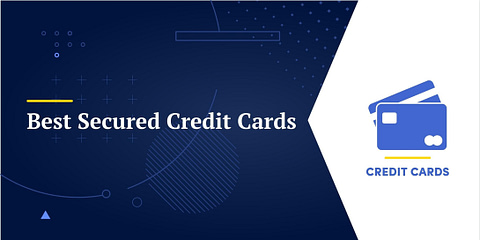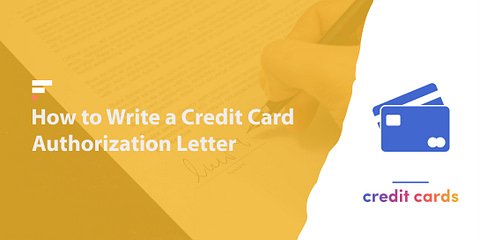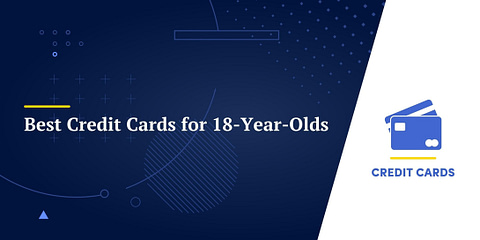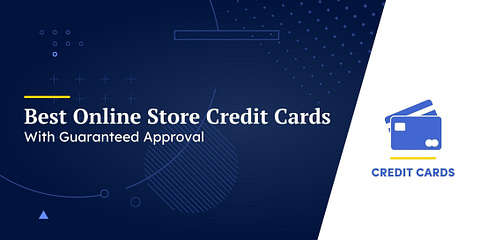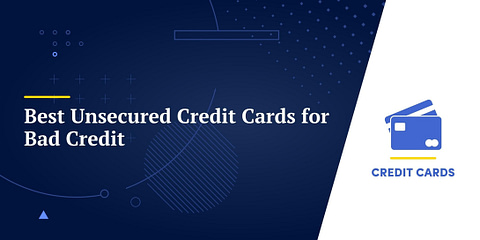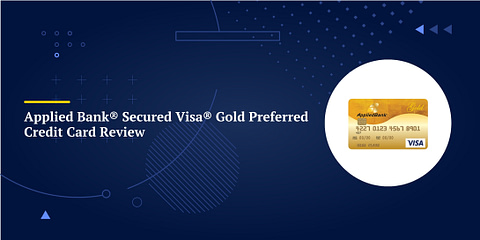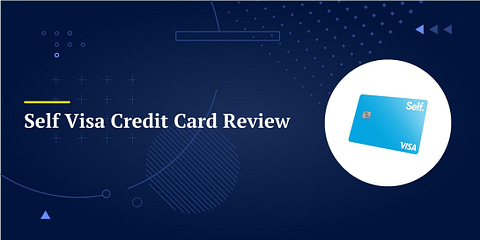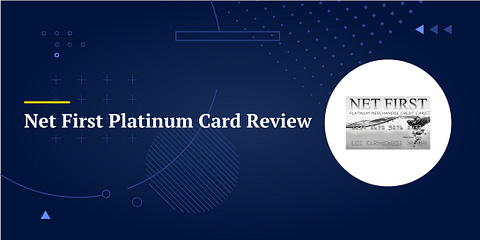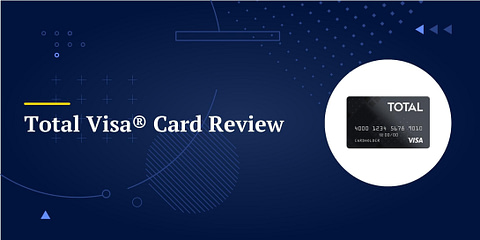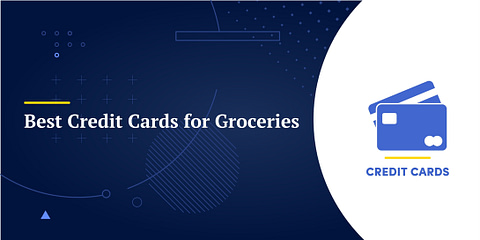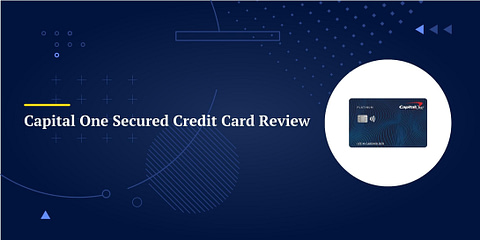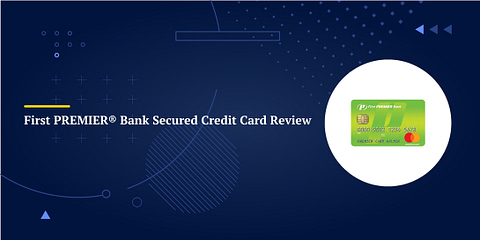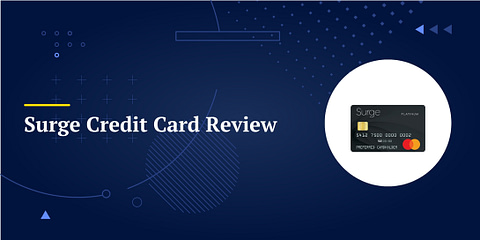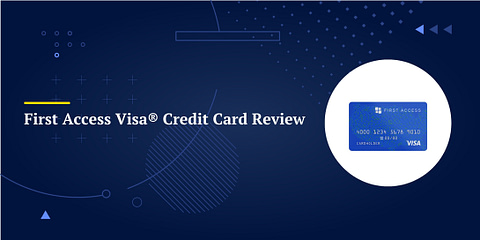When we hear the word addiction, most of us think of the usual culprits: alcohol, tobacco, or drugs. Those aren’t the only addictions we need to worry about. Gambling, sex, or a credit card addiction can be just as devastating and even harder to overcome.
Credit card or shopping addictions specifically are often overlooked or misunderstood. Yet, they affect almost 20 million people in the US[1]. People who suffer from a compulsive buying disorder and are addicted to using their cards often experience serious debt problems and struggle with mental health issues.
Understanding and overcoming this addiction needs a little more than just financial advice. Let’s look at the warning signs of a credit card addiction, how it affects you, and where to turn for help.
What Is Credit Card Addiction?
Credit card addiction is widely misunderstood, and that’s an understatement.
How often do we jokingly refer to someone with this addiction as a shopaholic? Even in pop culture, movies like Confessions of a Shopaholic portray compulsive buying disorder as a quirky and maybe slightly problematic personality trait.
In reality, it’s a much bigger problem than that.
A credit card or shopping addiction is not the occasional “treat yourself” shopping trip. Instead, it’s a behavioral addiction: a compulsive drive to engage in an activity that makes you feel good despite the negative consequences.
When you suffer from this condition, you respond to negative feelings and events in your life by chasing the temporary rush or relief of buying something. You also have a hard time controlling your urges, and you may not realize how this addiction is hurting you. You may be unable to stop even if you do see that it’s hurting you.
👉 Because most people that suffer from a compulsive buying disorder rely on their credit card to feed their uncontrollable spending, it’s also commonly known as a credit card addiction.
☝️ Usually, this results in credit card debt because compulsive shoppers usually spend beyond their means to get their “fix”.
The Cycle of Compulsive Buying
Compulsive buying behaviour involves four phases:
- Anticipation: constant thoughts about buying things especially when sad, anxious, or angry.
- Preparation: making shopping lists, planning where to shop, online research, or talking about it.
- Shopping: the temporary euphoria experienced from buying items online or in person.
- Spending: the act of paying for the purchase, often followed by guilt and regret.
Multiple studies have found that compulsive buyers frequently suffer from depression, anxiety, and low self-esteem. This link between a shopping addiction and other psychological conditions is not surprising. Compulsive buyers use the act of shopping and swiping their cards the same way an alcoholic uses liquor: to relieve underlying issues temporarily.
⚠️ Retail therapy can be a way to occasionally uplift your mood when you’re feeling down. When it gets out of control, it can become a compulsive buying disorder.
Warning Signs of Credit Card Addiction
Compulsive buying disorder is most common in developed countries like the US, UK, France, or Germany, where the culture of hyper-consumerism is encouraged, and people have easy access to credit cards.
Compulsive buyers tend to use credit cards over cash because it makes spending money a lot easier. You can enjoy the high of shopping without the guilt of paying for it right away. Access to credit cards also enables addiction because you can give in to your impulses and go on a shopping spree even if you don’t have money in your pocket.
Besides their reliance on credit, there are many other common traits and behaviors among people with a credit card addiction. These include:
- Inability to control shopping urges
- Carrying balances on multiple credit cards
- A desire to shop that increases when you’re sad, worried, unhappy, or lonely
- Falling behind on payments or only paying the minimum balance each month
- A bigger rush of excitement from the act of buying than from actually owning the item
- Buying and hoarding items that you don’t need and rarely use
- Feeling ashamed of your behavior and hiding it from your family or friends
Like every other addiction, people who suffer from credit card addiction often remain in denial until they are ready to deal with their problem.
How a Compulsive Buying Disorder Affects You
Unfortunately, shopping addictions get taken less seriously because of a lack of research and understanding. A compulsive buying disorder can affect your life in several significant ways.
Financial
The most obvious consequences of compulsive buying disorders are financial problems. Because compulsive buyers often spend beyond their means, they tend to carry large high-interest credit card balances that they can’t afford to pay.
This eventually leads to debt and financial hardship. According to UK Rehab, 85% of shopping addicts in the UK have serious long-term debt problems[2]. Inability to keep up with your debts also affects your credit score. A low credit score can prevent you from buying a car, a house, or even getting hired by an employer.
While you can’t go to jail for consumer debt, compulsive buyers are at a high risk of being sued by debt collectors if they fall behind on their credit card bills and lose track of what they owe.
Relationships
Shopping addictions can also put a strain on your personal relationships.
When compulsive buyers feel ashamed by their spending habits, they hide their credit card bill and spending habits from their loved ones. Keeping bad money habits a secret from your partner can cause serious issues in your relationship.
The worse your credit card addiction gets, the more you withdraw from your seeing your friends and family to avoid being questioned or burdening them with this problem. You also prefer to indulge in your shopping sprees alone, which also isolates you from social interactions.
Personal
Like we mentioned earlier, research found that compulsive shopping is often used to keep deeper emotional issues like depression, anxiety, low self-esteem, or loneliness at bay. When you avoid dealing with these problems in a healthy way, they can become much worse over time.
Similarly, the shame and guilt that you feel after a shopping spree also get worse the more you do it. These feelings cause a vicious cycle where you continue to use your credit card to cope with problems but end up making the problems worse, leading to more shopping and more spending.
How Do You Overcome a Credit Card Addiction?
Many people that want to help a compulsive shopper will often advise them to “just stop shopping” or “stop using your card.” That doesn’t help. Overcoming this addiction takes more than just willpower and improving your spending habits. In fact, 92% of compulsive buyers that try to fight this addiction are unsuccessful[3].
Fortunately, overcoming a card addiction is possible. Here’s where to start:
1. Acceptance
As with any addiction, admitting that you have a problem is the first step towards recovery. According to Recovery.org, this does not mean you’re weak, but that you’re strong enough to recognize that you can’t recover on your own and that you need help.
2. Seeking Help
Seeking help is the best way to overcome a compulsive buying disorder and a card addiction. There are many ways to get help, including:
Friends and Family
Speaking to your friends and family about addiction is never easy. But once you do, they can be a strong support network that can help you deal with the financial stress and make your recovery journey a lot easier.
Counselling and Financial Therapy
One way to seek professional help is through financial therapy, the bridge between traditional therapy and financial advice.
Financial therapists are experts that can help you uncover unconscious mindsets and beliefs about money that can be causing your behavior. For example, people with a money worship mentality carry a lot of debt, overspend and shop excessively because they believe it will make them happier. Unfortunately, this feeling is very short-lasting.
Licensed mental health counselors can also help you get to the root of what’s causing your addiction and give you the tools and strategies to overcome self-sabotaging habits like card addiction and compulsive shopping.
Support Groups
A support group is a judgment-free zone where you can get advice, encouragement, and help from others that are struggling with the same problems as you. Online searches can help you find groups in your area.
3. Taking Action
Once you seek help, it’s time to also clean up your finances. Here are some steps you can take:
- Pay off your credit cards and learn how to stop using them.
- Stay away from temptation: unsubscribe from marketing emails and delete your credit card information from every website you use for online shopping.
- Sell things you no longer need to help pay your credit card debt.
- Learn how to budget and use cash when you shop.
☝️ A credit card addiction is both a financial problem and a mental health problem, and it has to be treated on both levels.
Don’t Be Afraid to Ask for Help
Compulsive buying disorder is treatable. Reaching out for help is the first step towards recovery. It may not always be the easiest thing to do, but it’s one of the bravest and smartest decisions you can make.
Where to get help:
The Shulman Center
Debtors Anonymous
Financial Therapy Association

